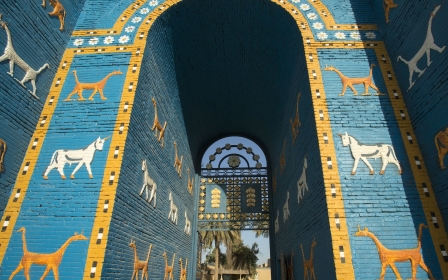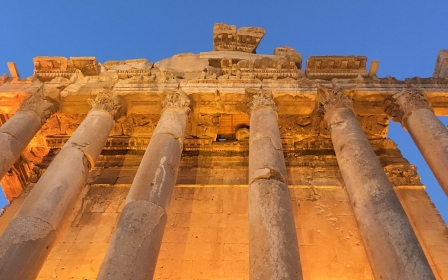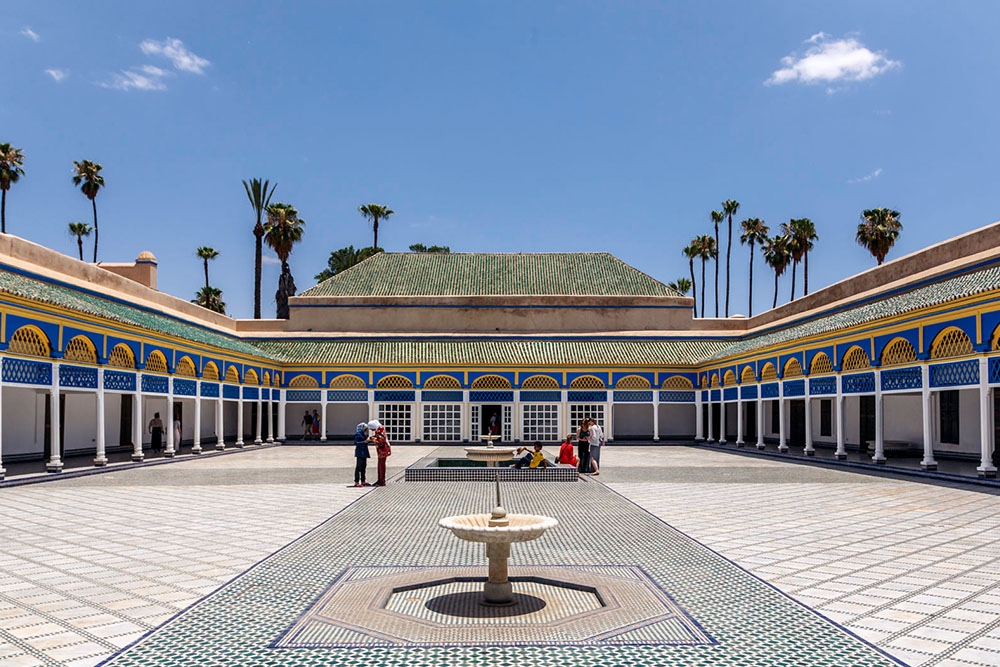
In pictures: Inside the Marrakech palace built by a former slave
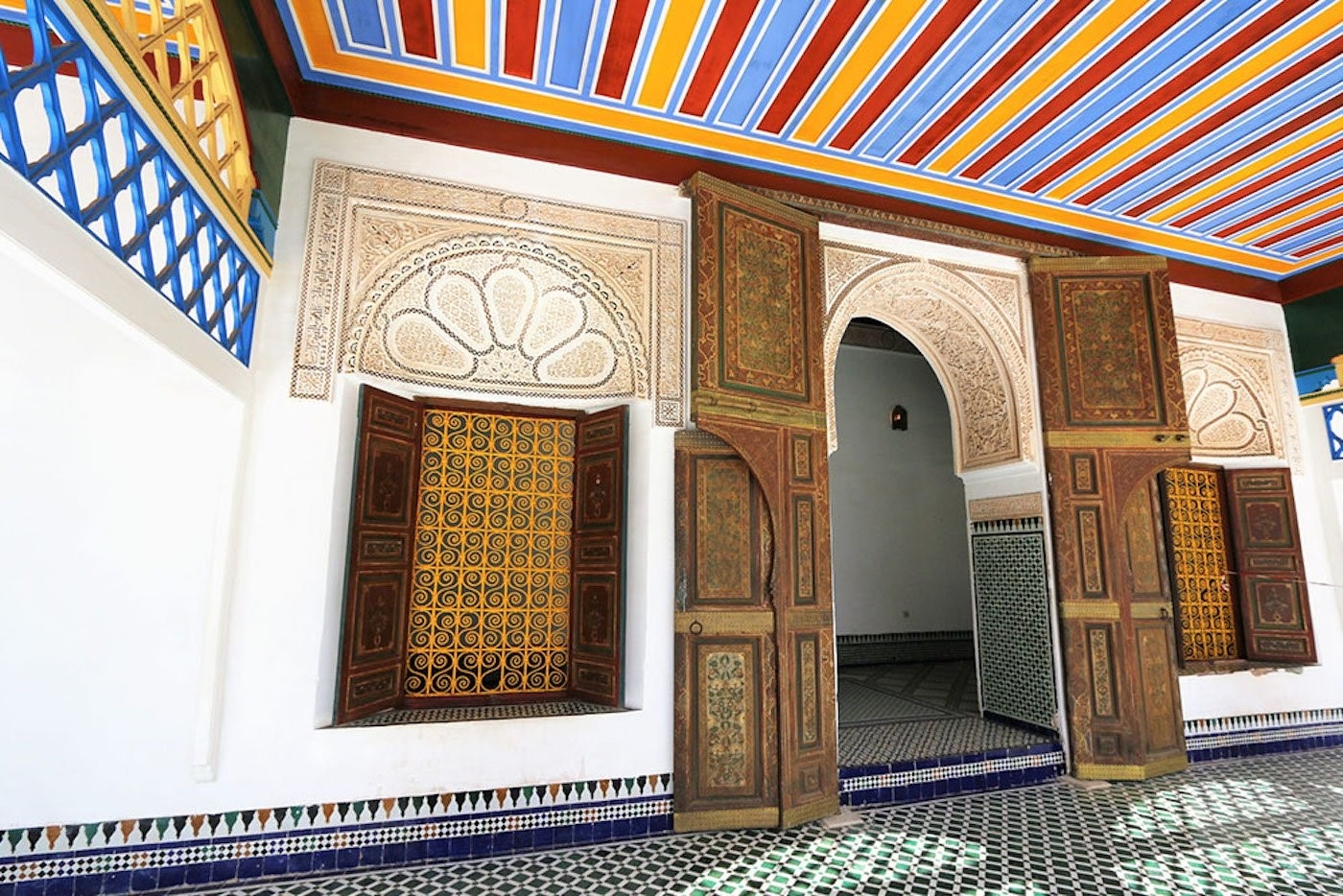
Sitting along Africa's northwest coast, Morocco is renowned for its historic Moorish and Andalusian-inspired architecture. The majestic Bahia Palace in Marrakech, built in two phases in the mid to late 1800s, stands testament to this form of design. Its central attraction is the Grand Courtyard, also called the Courtyard of Honour, which lies towards the back of the palace. The open area is surrounded by marble pillars and it is here where visitors were once received to present their grievances to the grand vizier, Si Musa, who was in charge of Sultan Mohammed Abdal Rahman's governmental affairs. (Bahia Palace)
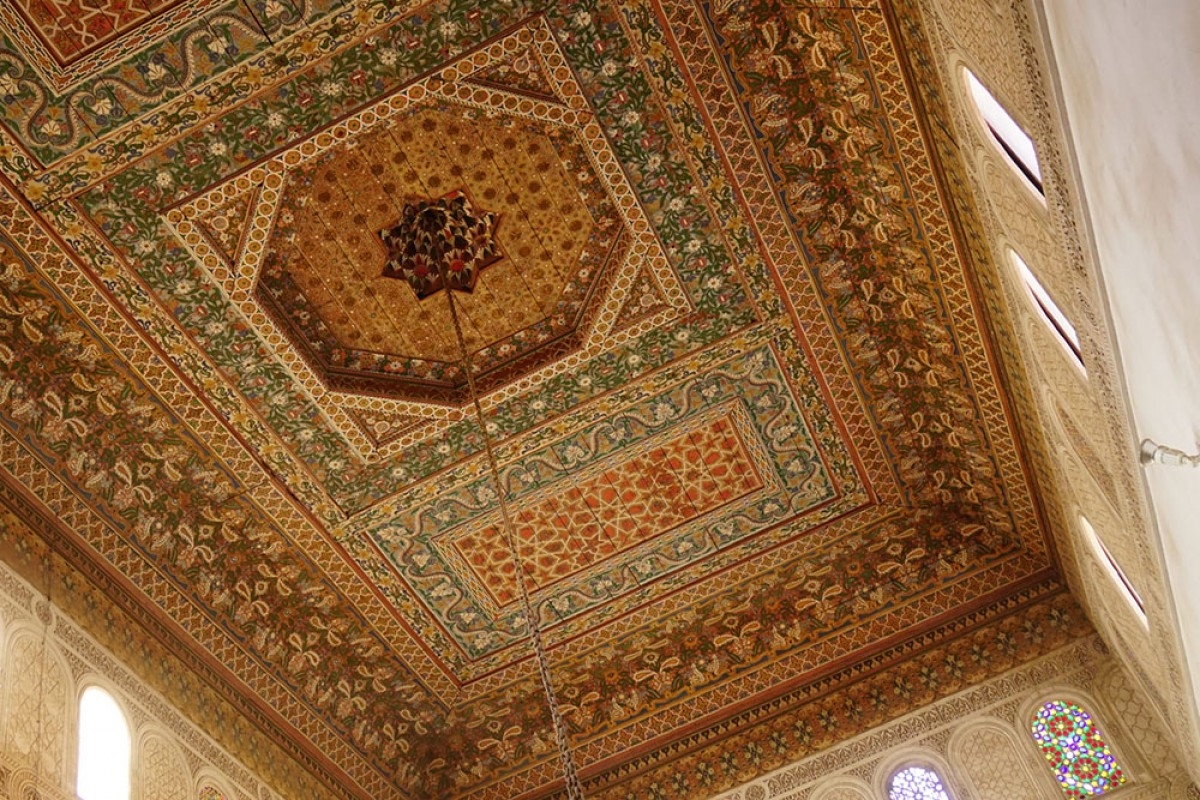
Construction of the palace began in 1859 under Si Musa, a former slave who rose through the ranks to become grand vizier, although it would not be completed until after his death. Between 1894 and 1900, his son and successor, Ba Ahmed ibn Musa, the grand vizier to Sultan Moulay Abdelaziz, completed the palace and named it Bahia, meaning “the most beautiful” in Arabic, believed to be after the favourite of the sultan's four wives. His 24 concubines, meanwhile, had their own chambers located around the Grand Courtyard. (Bahia Palace)

The palace sits between Marrakech’s Medina area - a Unesco World Heritage site since 1995 - and the Mellah district (known as the city's Jewish quarter), and is spread across eight hectares, with around 150 rooms. Decorated in Carrara marble tiles (from quarries in northern Tuscany, Italy) and cedar wood, the building also showcases traditional Moroccan craftsmanship such as zellij - a mosaic style of tilework, sculpted stucco, marquetry (a type of inlaid woodwork) and mashrabiya, a woodwork style used on decorative enclosed balconies. (Bahia Palace)

Ba Ahmed hired a Marrakech-born architect, Muhammad ibn Makki al-Misfiwi, to design and construct the expansion of the palace. Having worked in Andalusia, Misfiwi was instrumental in seeking the building materials from abroad, including glass from Iraq to create the palace’s decor. Tiles from Tetouan in northern Morocco and carved and painted cedar from the Middle Atlas mountains adorn the ceilings of the palace. Natural products, such as saffron, pomegranate, henna and egg, were used to obtain a variety of colours. (Bahia Palace)
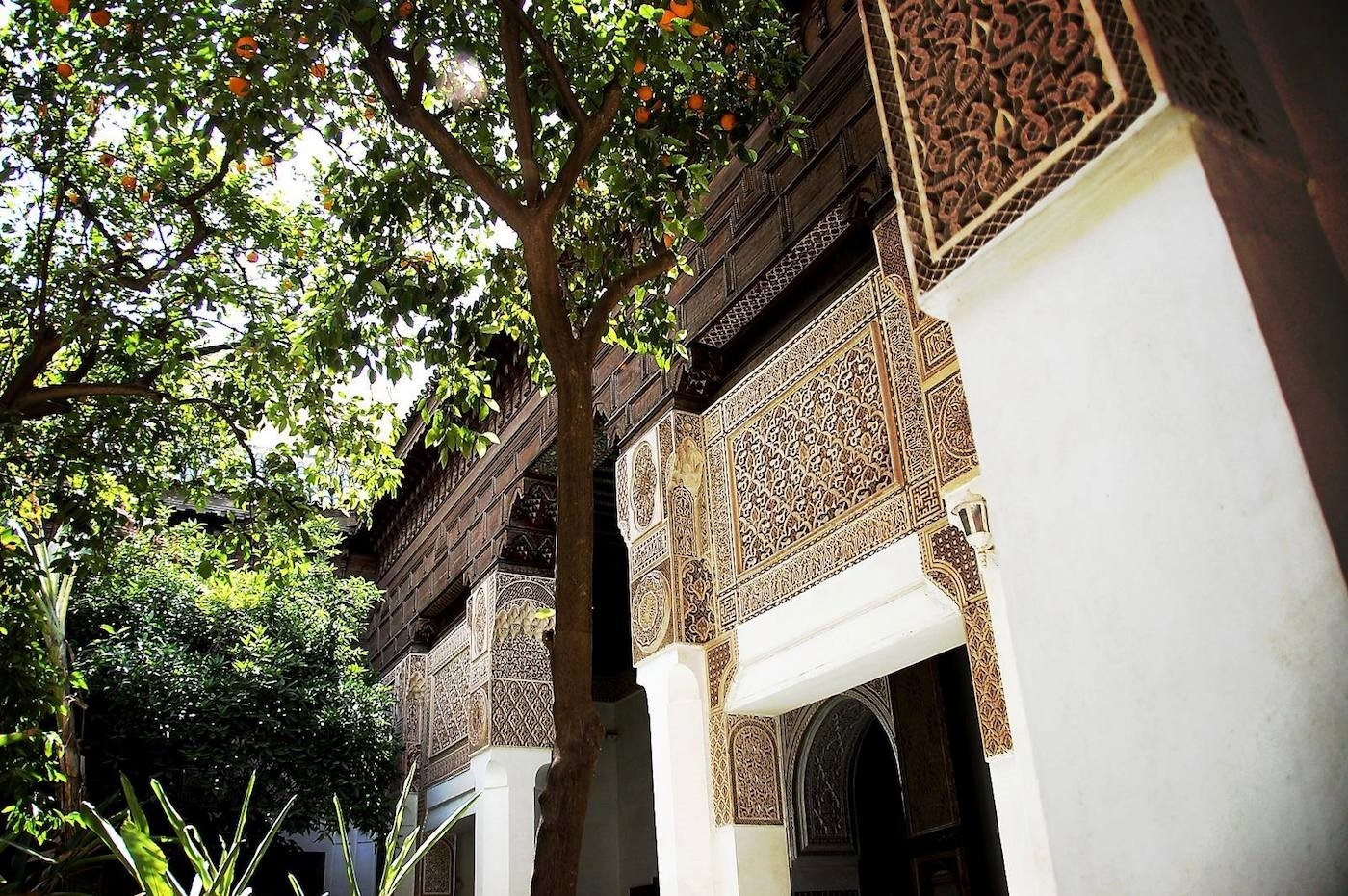
The popular tourist attraction is also known for its riads, or traditional courtyard gardens famous for their tilework and zellij mosaics. One of the most recent parts of the palace, the Petit Riad, features a garden with orange trees and other fruit trees and is surrounded by several traditional Moroccan dwellings with inner courtyards, gardens and fountains. (Facebook/Bahia Palace)
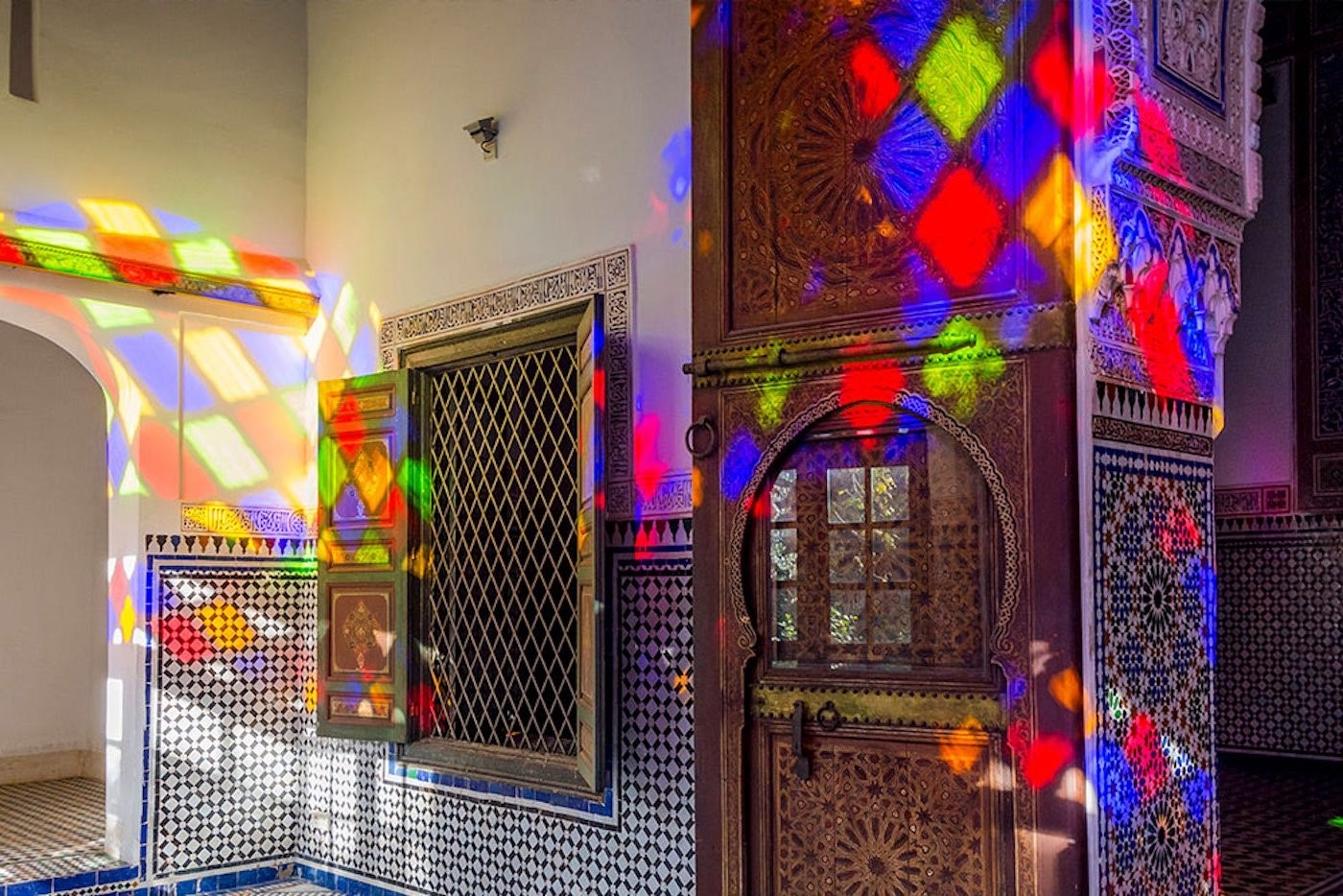
Electricity wasn't installed in the palace until it arrived under the French Protectorate in Morocco. In 1912, the chambers surrounding the Petit Riad were converted into the private residence of Hubert Lyautey, the first French Resident-General (the main officer in charge) in Morocco, whose officers took up quarters in one of the palace’s other courtyards. (Bahia Palace)
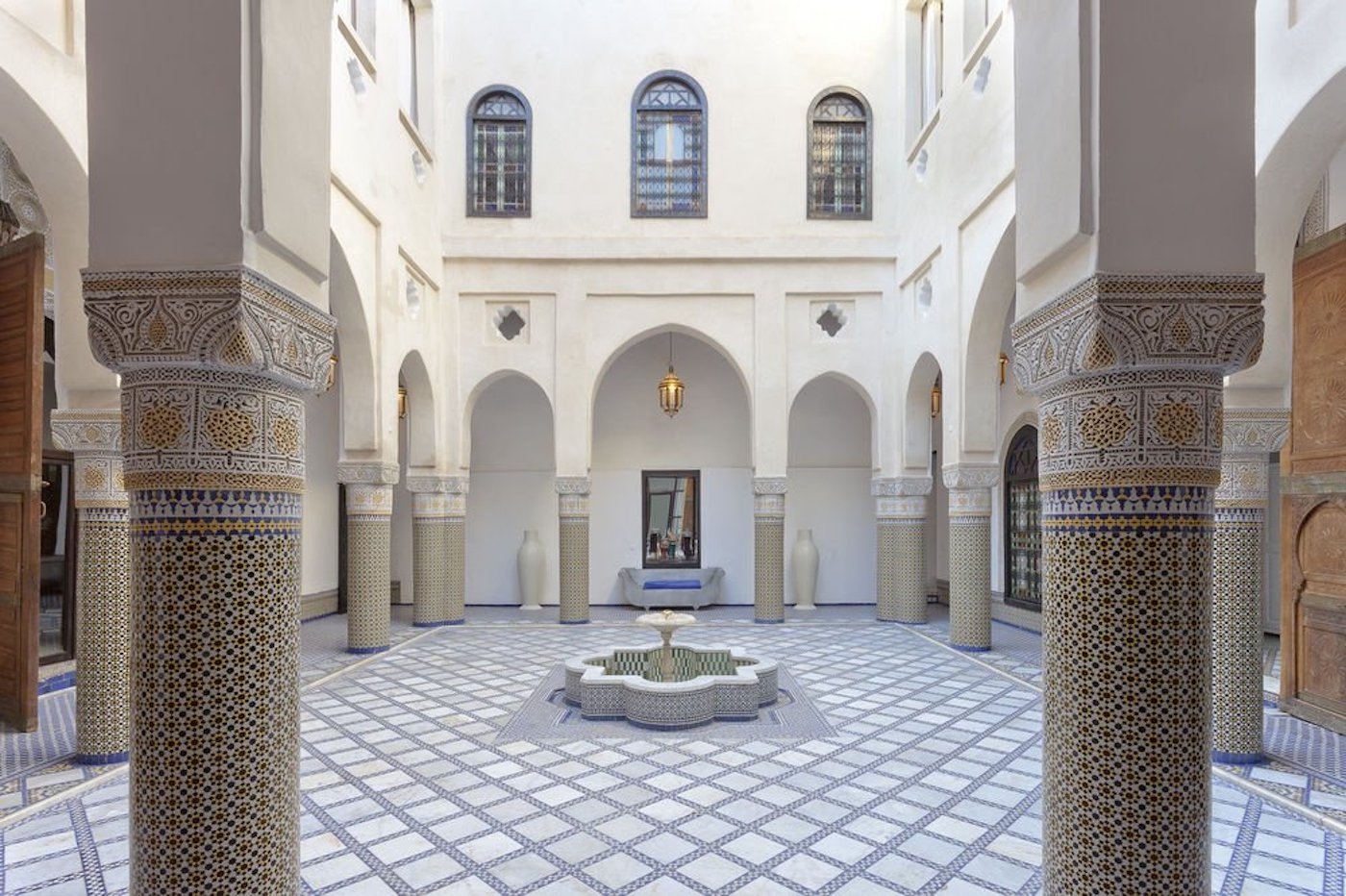
Listed as a national heritage site in 1924, the palace was used for the filming of the final scene of the 1964 French-Italian adventure film Greed in the Sun, directed by Henri Verneuil. Shot in the Grand Courtyard, the film brought together two of French cinema’s biggest stars at the time, Lino Ventura and Jean-Paul Belmondo. (Twitter)
This article is available in French on Middle East Eye French edition.
Middle East Eye delivers independent and unrivalled coverage and analysis of the Middle East, North Africa and beyond. To learn more about republishing this content and the associated fees, please fill out this form. More about MEE can be found here.



